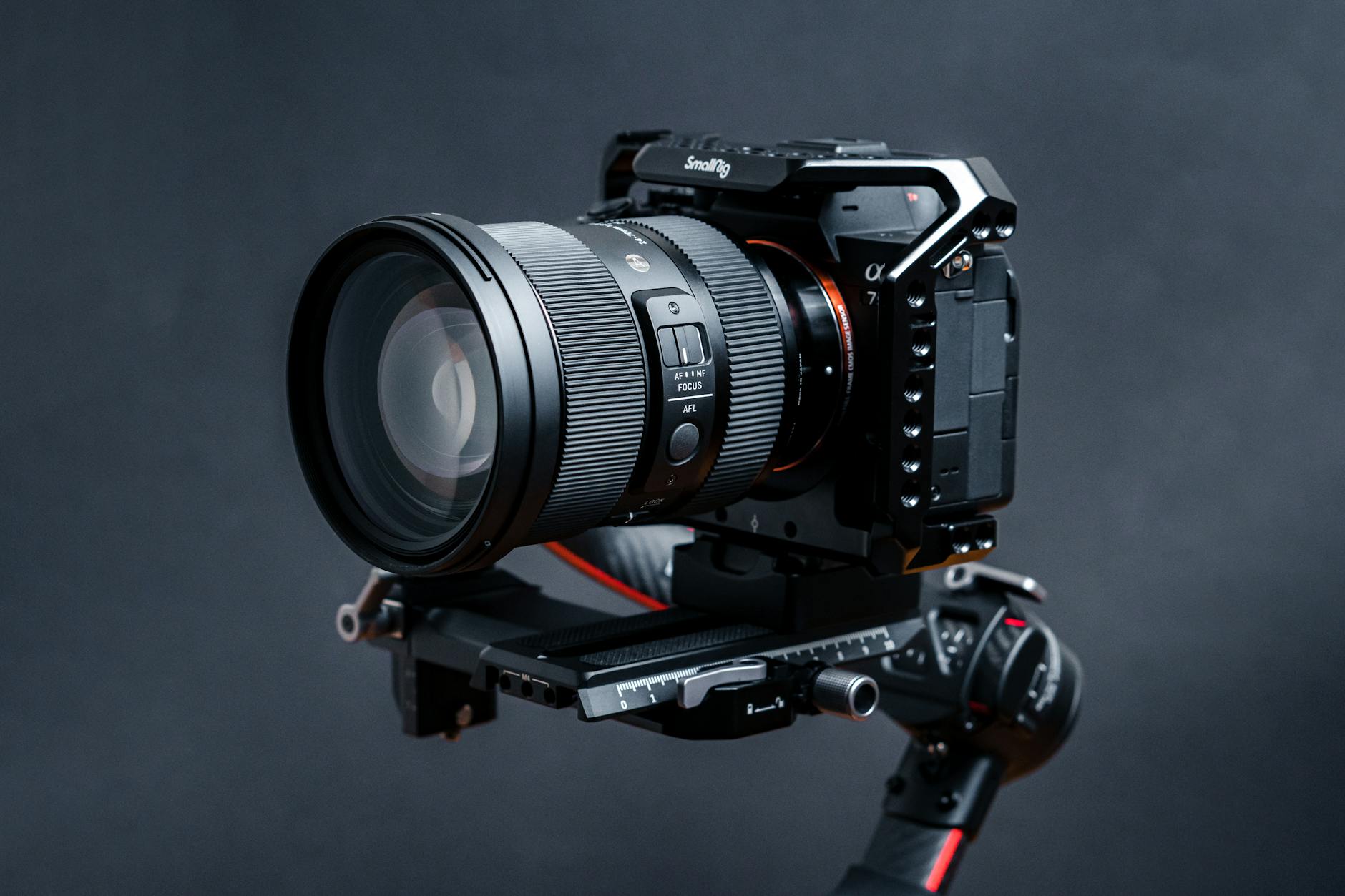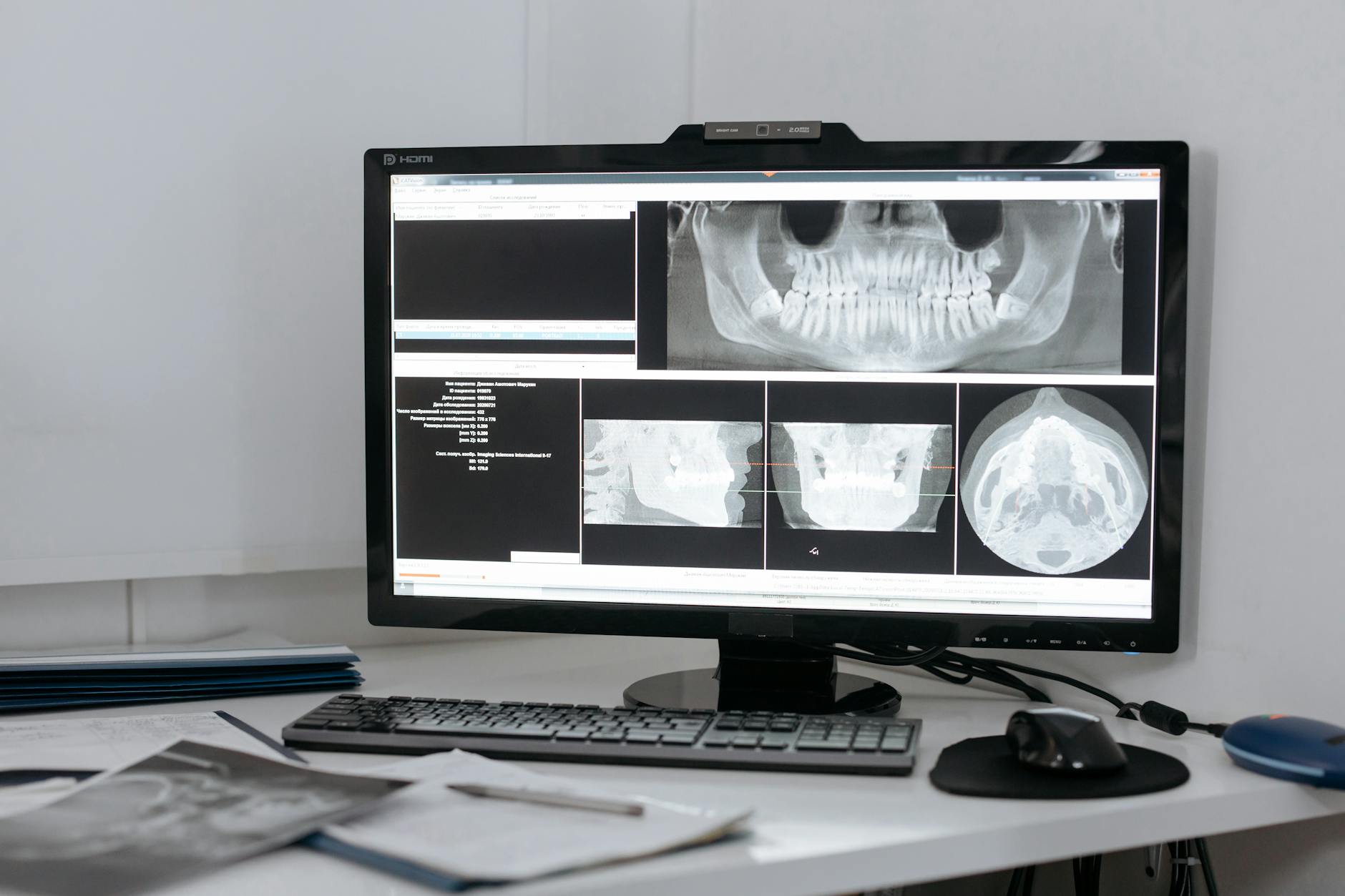Are These Audio Innovations the Future of Australia's Creative Industries?

Emerging Audio Technologies
As I navigate this thrilling era of audio innovation, I find myself entranced by how audio equipment is reshaping our creative landscape. With Melbourne’s vibrant creative hubs in Fitzroy serving as a constant source of inspiration, let's delve into some emerging technologies that are setting the stage for new artistic expressions.
Immersive Soundscapes
Immersive soundscapes are more than just a trend; they represent a transformative shift in how we experience audio. Enabling creators to craft multi-layered sound environments, this technology is perfect for those seeking to elevate their art installations. Think of it as bridging the gap between sound and emotion, offering audiences a unique encounter that goes beyond traditional audio-visual experiences.
Spatial Audio Advances
Another dynamic advancement is spatial audio, which pushes the boundaries of stereo and surround sound formats. It offers a three-dimensional experience that is vital for video projects or live performances, where sound can intuitively move around and above the listener. Artists are leveraging this advancement to enhance storytelling and evoke stronger emotional responses from audiences.
AI in Sound Design
Artificial Intelligence is revolutionising sound design. By automating routine tasks, it allows artists to focus on pushing creative boundaries. Imagine AI algorithms that can generate complex sound patterns or assist in mastering tracks without losing the artist's unique touch. These capabilities free you from technical constraints, offering you more time to unleash your creativity with tools like guitars and basses or experiment with the latest monitors for video conferencing.
The Impact on Creative Industries
Transforming Art Exhibitions
In Melbourne's dynamic art scene, where creativity knows no bounds, acoustic technology is revolutionising the way art exhibitions captivate their audiences. With the intricate use of acoustic panels, exhibitions are not just viewed but felt. These panels control sound in art spaces like those in Collingwood, creating an immersive environment where every note resonates with clarity and every whisper is heard. This level of auditory precision transforms exhibitions into multisensory experiences, heightening emotional connections between the artwork and its audience.
Enhancing Collaborative Projects
Fitzroy's creative hubs are buzzing with collaborative projects that push the boundaries of artistic expression. Here, implementing a hearing loop can be a game-changer, providing clear audio experiences for individuals with hearing difficulties. By facilitating seamless communication and interaction among diverse creative teams, such technology fosters inclusivity and ensures that everyone, regardless of hearing ability, is fully immersed in the creative process. Imagine the synergy at play when soundscapers, visual artists, and digital creatives come together in a shared space, unencumbered by audio limitations.
New Opportunities for Artists
The ripple effect of these innovations is opening new avenues for artists like Liam, who seek to push the limits of traditional art forms. The integration of advanced audio technology not only enriches the narrative of art but also broadens its accessibility to a wider audience. This paradigm shift, emerging from places like creative studios in Southbank, challenges artists to rethink their interactions with audiences and offers them the tools to create deeply impactful, sensory-rich installations.
Tools for Artists
Essential Audio Software
As someone who thrives in the vibrant cultural scene of Melbourne, I'm always on the lookout for effective audio software that complements the city's spirit of creativity. Essential tools, particularly digital audio workstations (DAWs), play a crucial role in creating immersive soundscapes. Whether you're layering intricate harmonies or tweaking audio samples, these platforms allow for a seamless and intuitive workflow. Popular choices among digital media agencies in Southbank include Ableton Live and Logic Pro, each offering unique features that cater to diverse artistic needs.
Advanced Recording Equipment
Navigating the world of advanced audio equipment can feel overwhelming, yet it's a journey worth taking for anyone serious about their craft. High-quality microphones and audio interfaces are indispensable for maintaining sound integrity, especially when capturing the nuanced atmosphere of a performance space. For creators in Collingwood's art spaces, this gear is not merely an investment but an extension of their artistic expression. Incorporating tools like high-performance broadcast solutions, artists can elevate their work to a level that resonates on a global stage.
Integrative Technology Solutions
In an industry where innovation is key, integrative technology solutions such as a universal remote have become invaluable. These tools enable artists to streamline their creative processes, making it easier to switch between different audio sources and settings instantaneously. This level of control not only enhances productivity but also allows for experimenting with creative ideas without interruption. By equipping yourself with the right tools, you're set to amplify your artistic narrative in ways that truly captivate and inspire.
Best Practices
Choosing the Right Tools
Navigating the world of pro audio equipment can be a game-changer for any soundscaper or visual artist. It's about finding the perfect harmony between creativity and technology. When choosing your gear, consider what seamlessly integrates with your artistic objectives. Invest in a versatile recording microphone that can capture the nuanced layers of your soundscapes. This is key in crafting immersive experiences that resonate with your audience. Prioritize tools that align with the vibe and energy you're sparking in your art, just like how the creative hubs in Fitzroy ignite artistic passion in Melbourne.
Blending Audio with Visuals
Merging sound and visuals isn't just about syncing beats with frames; it's about creating a cohesive narrative. Start by identifying the emotional core of your project. What feelings do you want to evoke? Choose sounds that amplify these emotions, enriching the storytelling. Embrace experimental techniques that challenge conventional methods. This innovative approach ensures your art remains fresh and captivating, drawing inspiration much like the art spaces in Collingwood do.
Sustaining Artistic Vision
Maintaining your authentic vision while navigating the practical world can be taxing. Establishing a clear artistic mandate is crucial. Regularly revisiting your core values ensures your work stays true to its intent. Collaborate with like-minded creatives in iconic Melbourne areas such as Fitzroy and Southbank. These connections provide a support network that bolsters your resolve and sparks new ideas. Balancing these dynamics will help your art transcend commercial pressures while staying true to your ideals.
Overcoming Challenges in Audio Innovation
Balancing Innovation and Artistry
As audio technology keeps evolving at lightning speed, we often find ourselves in a dance between technical innovation and artistic authenticity. It's vital for creatives across Fitzroy's art spaces to stay grounded in their unique artistry while embracing these new tools. We're talking about leveraging cutting-edge audio innovations without letting them overshadow the core of your artistic message. To maintain this balance, regular brainstorming sessions with fellow creatives can be invaluable. Whether you're reveling in spatial audio's magic or finessing AI-driven soundscapes, staying aligned with your artistic vision is essential. It's all about the art of juggling innovation with artistry.
Navigating Funding Hurdles
Every creative in the digital and creative industry knows that, without funding, even the most visionary projects can stall. The trick is to explore diverse funding avenues. From digital media agencies in Southbank to regional grants, aiming for wider support can keep those audio projects alive and kicking. For some, mastering the art of crowdfunding through platforms like Kickstarter might be the way to go. Remember, being innovative isn't just about your craft—it's also about finding new strategies to make it financially viable.
Reaching a Wider Audience
Right here in Collingwood's burgeoning creative district, connecting with an expansive audience can seem like scaling a mountain. By embracing digital platforms, artists can break out of geographic barriers, reaching fans across Australia and even globally. Utilising social media channels for both promotion and feedback can propel your work to previously unexplored corners of the creative world. Engage with your audience through immersive audioguide features or virtual exhibits that showcase the full spectrum of your creativity.


